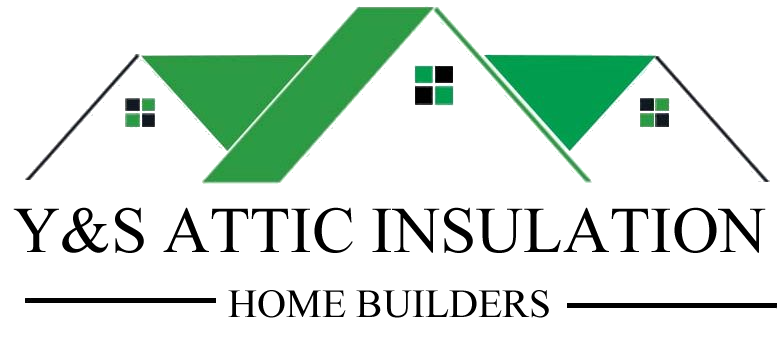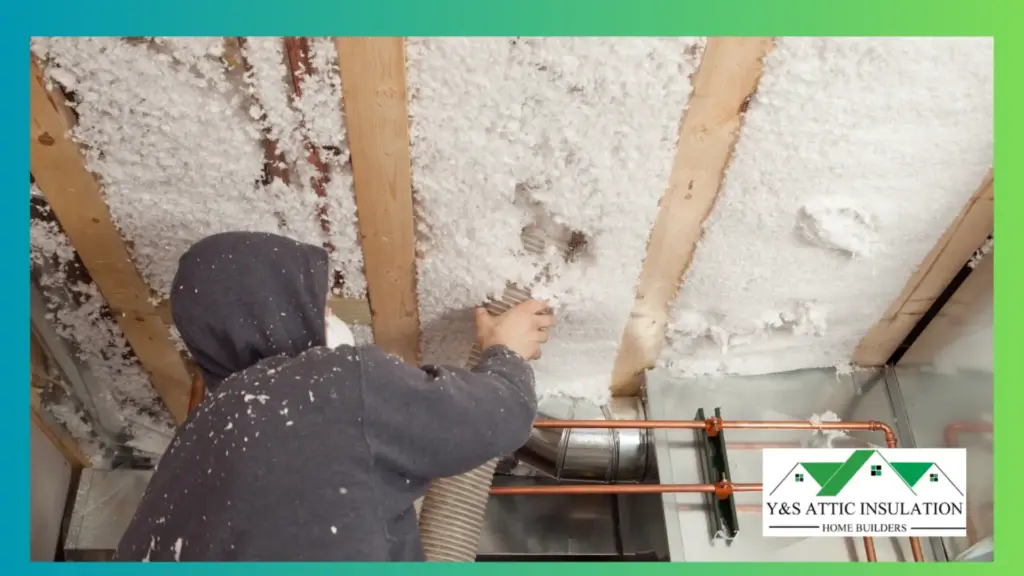Choosing the right type of insulation for your home is crucial to achieving maximum energy efficiency. Different materials offer varying levels of performance, and understanding how each type affects your energy savings is key to making an informed decision. Whether you’re considering new insulation installation or upgrading your current insulation, it’s essential to know the benefits of each type to ensure your home remains comfortable year-round.
Fiberglass Insulation: A Popular Choice for Home Insulation Installation
Fiberglass insulation is one of the most common and cost-effective materials used in home insulation installation. Available in both batts and blown-in forms, fiberglass is known for its excellent thermal resistance. It’s widely used in walls, attics, and floors due to its ability to trap air and reduce heat transfer. When properly installed, fiberglass can significantly reduce energy loss and keep your home at a stable temperature. While it is effective, working with professional insulation installers near me is crucial to ensure it’s installed correctly, as gaps or compression can reduce its effectiveness.
Spray Foam Insulation: Maximum Energy Efficiency
For homeowners looking for superior energy savings, spray foam insulation is a top-tier option. This material expands upon application, creating an airtight seal that fills every crack and crevice in your home. This characteristic makes spray foam ideal for hard-to-reach areas like attics, crawl spaces, and corners. Its air-sealing properties help to eliminate drafts, making your home more energy-efficient by preventing conditioned air from escaping. Although it’s more expensive upfront, the long-term savings from reduced energy bills make spray foam a worthwhile investment for home insulation installation.
Cellulose Insulation: An Eco-Friendly Option
Cellulose insulation is made from recycled paper products, making it an environmentally friendly option for insulation. Often used in attics and walls, it offers comparable thermal resistance to fiberglass but with the added benefit of being a sustainable material. One advantage of cellulose is its ability to fill gaps and voids more completely, which helps reduce air leakage and improve energy efficiency.
Rigid Foam Insulation: Ideal for Exterior Applications
Rigid foam insulation is a durable material commonly used for exterior walls, basements, and foundations. Its dense structure offers a high R-value per inch, making it highly effective at reducing heat transfer. Rigid foam is also moisture-resistant, making it an excellent choice for areas where moisture control is important. By adding this type of insulation to your home’s exterior, you can increase energy savings and prevent thermal bridging, which is the loss of heat through building materials. It’s especially useful for homeowners seeking a durable solution for insulation installation in critical areas.
Understanding the different types of insulation helps you make an informed decision that maximizes energy savings and improves your home’s comfort. Consulting with professionals ensures proper installation, leading to long-lasting results.
Learn more about insulation installation:
Why DIY Insulation Installation Can Cost You More in the Long Run
How to Identify if Your Home Needs Insulation Upgrades


